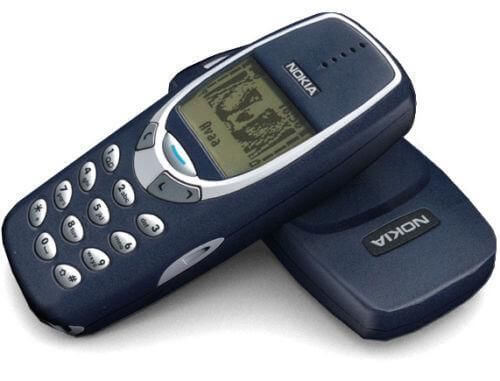Finnish newcomers HMD Global (stylized as the calculatedly-hip hmd.) recently released their first smartphone in China. The Nokia 6 is a typical Chinese smartphone; relatively low cost (around US$240), 16MP camera, Android 7.0, etc., but it’s also the first Nokia Android phone. Yes, that’s right: Nokia. After a string of relatively unpopular smartphones running Windows Phone OS, the last we heard from the mobile division of the Espoo-based telecom company was an absorption into Microsoft. HMD also announced a revival of the Nokia 3310, a phone from the turn of the millennium and known for having a Snake game and being nearly invulnerable to damage. So…how did we get here?
Nokia, the world’s most successful paper-mill-turned-smartphone-company, faced struggling sales in the late ‘00s. Apple and Samsung had broken from the pack and began racing each other to dominance in the western world, leaving everyone else in the dust. Nokia, meanwhile, had a firm grip on the low-end cellphone market through to the early 2010s, selling nigh-indestructible handsets with week-long battery life to developing industrial markets like Nigeria, Brazil, and Turkey. These phones, such as the Nokia 1100 (the best selling phone in history), feature the old “candybar” form factor that you remember your parents having back in the day, but their legendary durability and low cost made them a status symbol in a large part of the world. As these countries developed further and their populations wanted higher-end smartphones, Nokia sought to provide them with such. A partnership with Microsoft resulted in the Nokia Lumia phones running Windows Phone OS, and in 2013 Microsoft decided to purchase Nokia’s mobile phone division outright and make it Microsoft Mobile. Unfortunately, Windows Phones were not well-received and never sold very well. By April 2016, market share for the Microsoft-based OS fell below 1%, and Microsoft then sold the division to Foxconn (manufacturer of electronic components for Apple, Samsung, Acer, Dell, Nintendo, and more) and a new company composed primarily of ex-Nokia executives: HMD Global.
HMD, whose website boasts the tagline “The Home of Nokia Phones,” released the aforementioned Nokia 6 this month. The Nokia 5 and Nokia 3 are coming soon, also being slate-style Android devices with lower-end hardware specs than the 6. However, we’re sure that even HMD execs are surprised to see that the big headline is the re-release of the Nokia 3310. The classic “dumbphone” is a testament to how build quality and design can still beat out innovation and shininess in the tech world. You don’t have to worry about a cracked screen when said screen is 84 x 48 pixels of flexible monochrome display. Leaving your charger at home isn’t a problem when the battery lasts about 10 days. It’s more than just a throwback to a simpler age of cellphones; durability and functionality are an absolute necessity in developing parts of the world. Examples of the modern Nokia user might be a Senegalese woman using her phone to run a textile business or a farmer in Azerbaijan keeping in contact with the marketplace. They don’t care about high-resolution cameras or fingerprint scanners. It will be interesting to see how much, if any, updates the 3310 will get upon its rebirth. It’s a weak dream, but we hope that it’s successful enough to spark a return to function-over-form mentality in the tech world. Or maybe we just miss the days when you didn’t need a heat gun to disassemble and repair a phone. If you do manage to break one, send it to iFixYouri and we’ll bring it to life…or just frame it on our wall.



